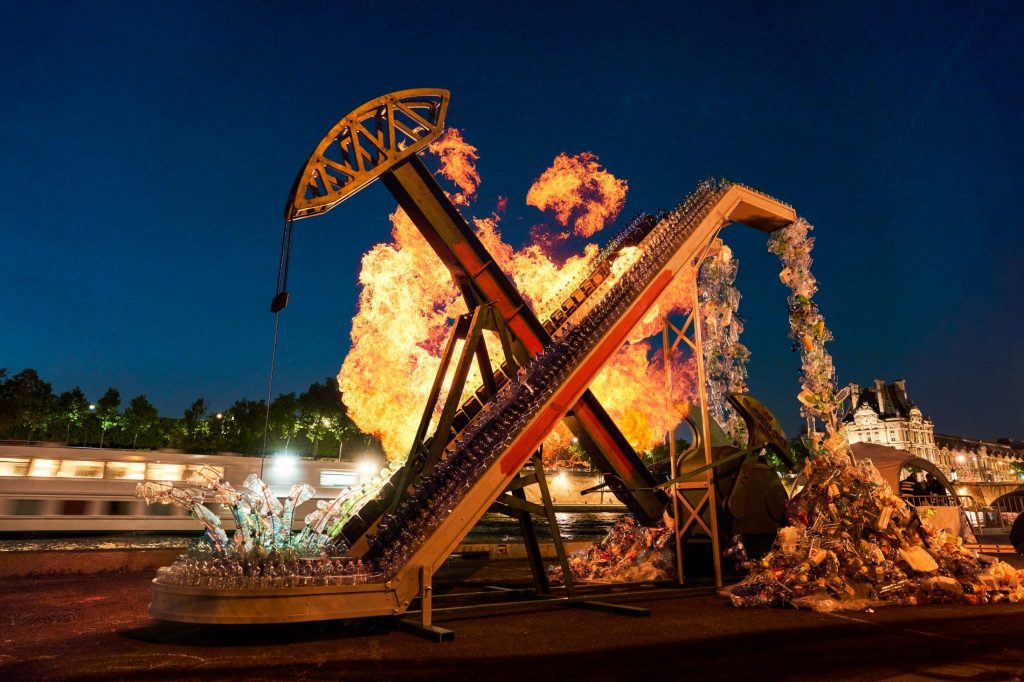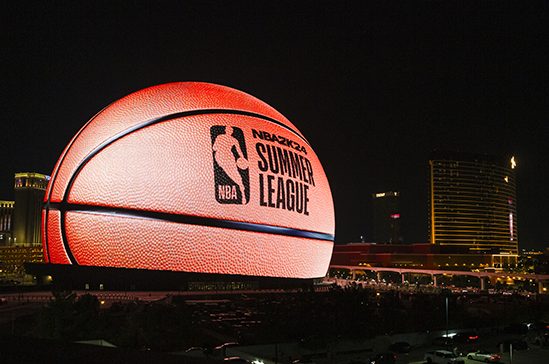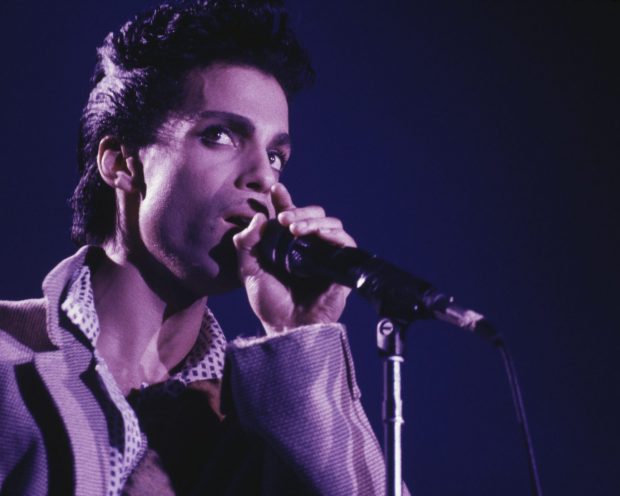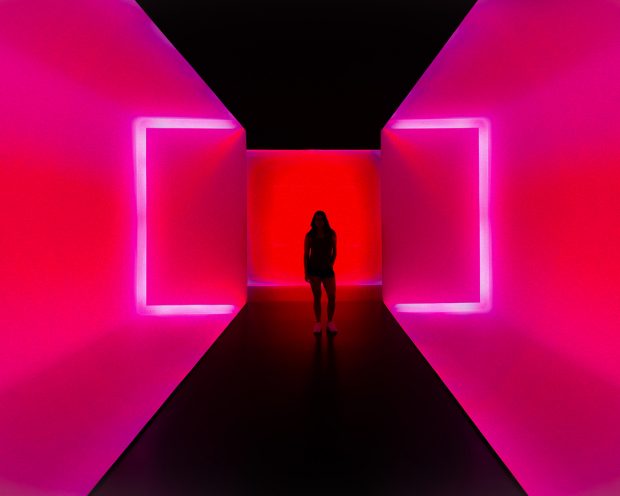More than 100 countries attending the COP28 UN Climate Summit — currently in its second week in Dubai — have committed $420 million to triple renewable energy capacity worldwide by 2030. It’s a salient reminder that the experiential industry has much to do to become more sustainable, too. In fact, research suggests that the annual carbon footprint of the events industry represents more than 10% of global CO2 emissions. That’s on par with the yearly greenhouse gas emissions of the entire US. Luckily, experiential activists and creators are making environmental sustainability their life’s work. A former mining engineer and the son of Malaysian immigrants, artist and XLISTER Benjamin Von Wong’s hyper-real photographs and larger-than-life installations aim to raise awareness and promote action for social and environmental causes. “Too often we focus on change as the moment when ice turns to water, but change can be invisible,” says Benjamin. “Temperature shifting from -20 degrees to -10 degrees is change. It's just sometimes a little bit more imperceptible.” Collaborating with corporations and organizations such as Greenpeace, Nike, Starbucks, Dell and the United Nations, Benjamin is the mastermind behind pieces like the Perpetual Plastic Machine, a colossal 15-foot-tall installation highlighting the toxic union...



